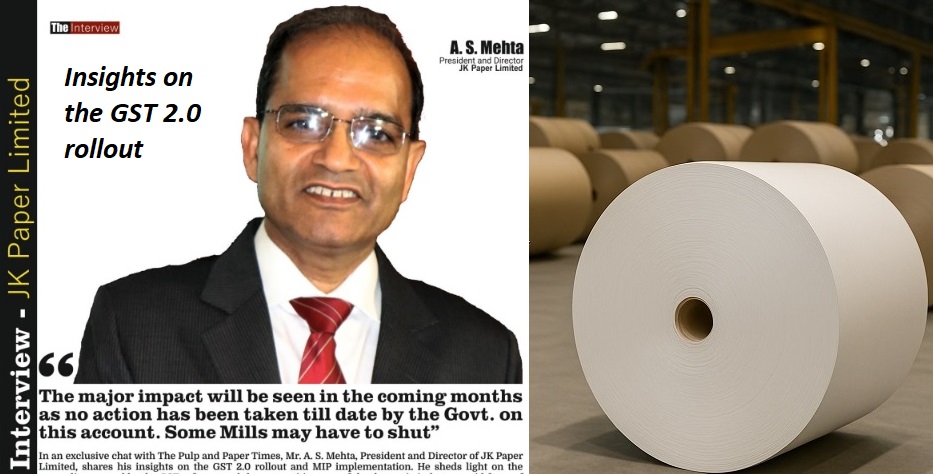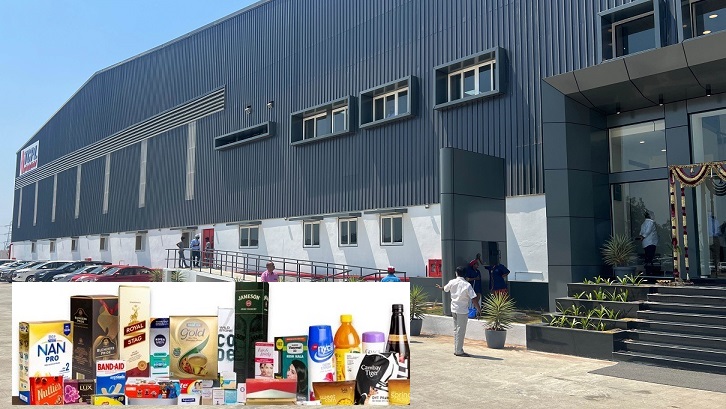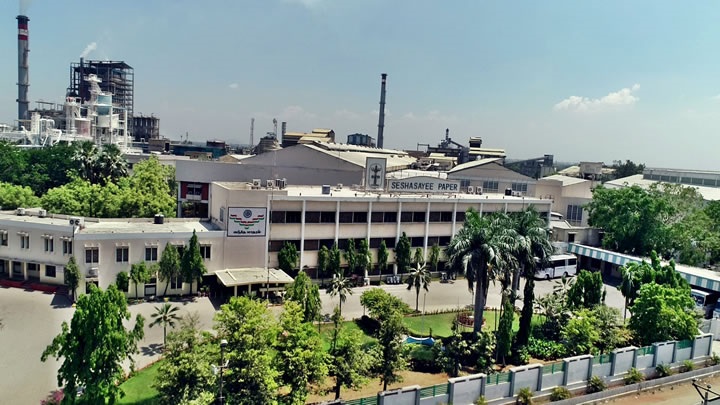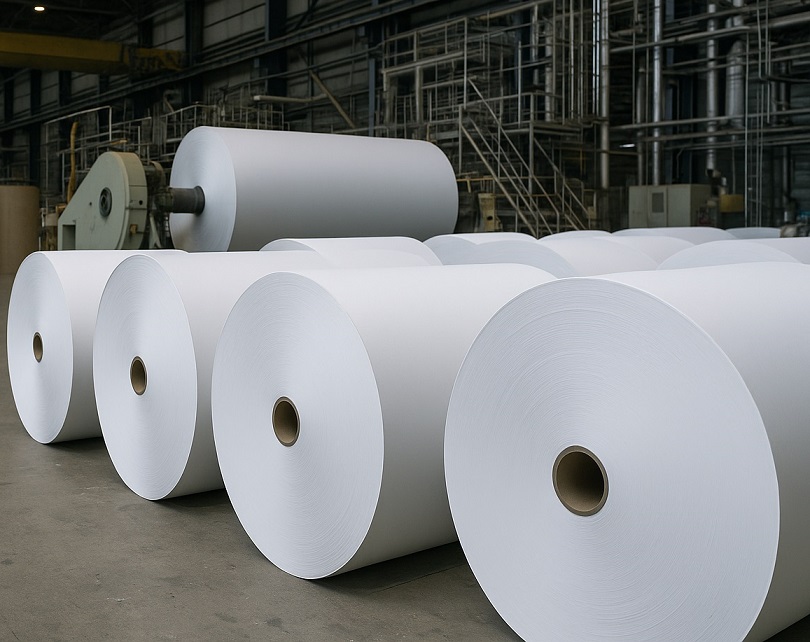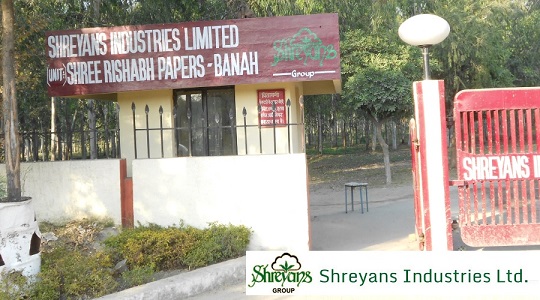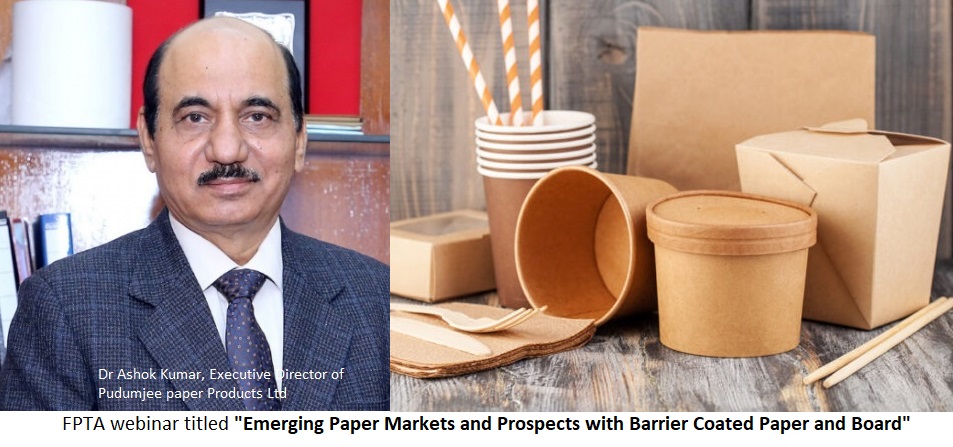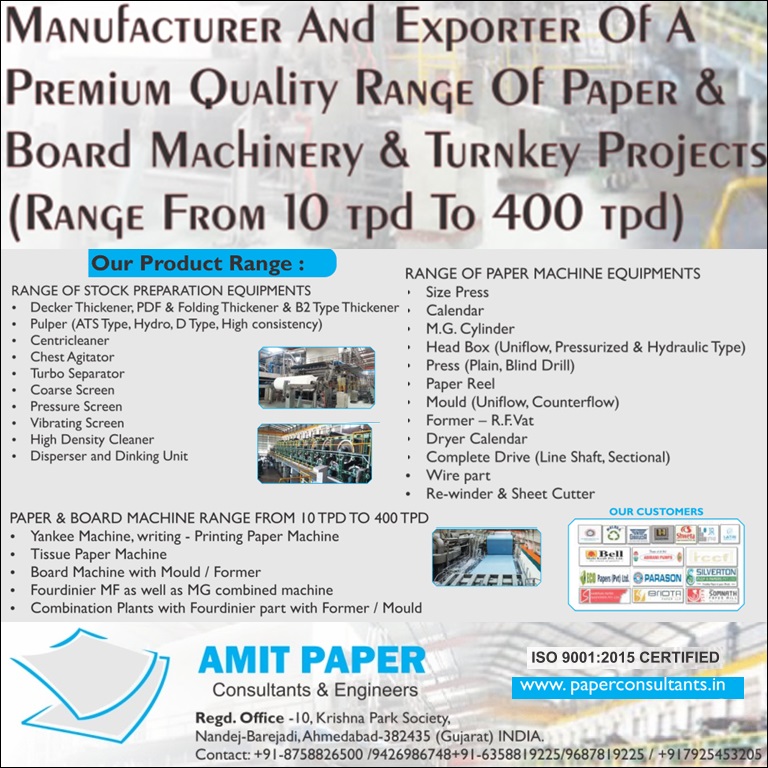Kuantum Papers eyes full capacity by FY27 with Rs. 735 crore expansion drive; paper prices set for a turnaround, says Mr. Pavan Khaitan amid rising pulp costs
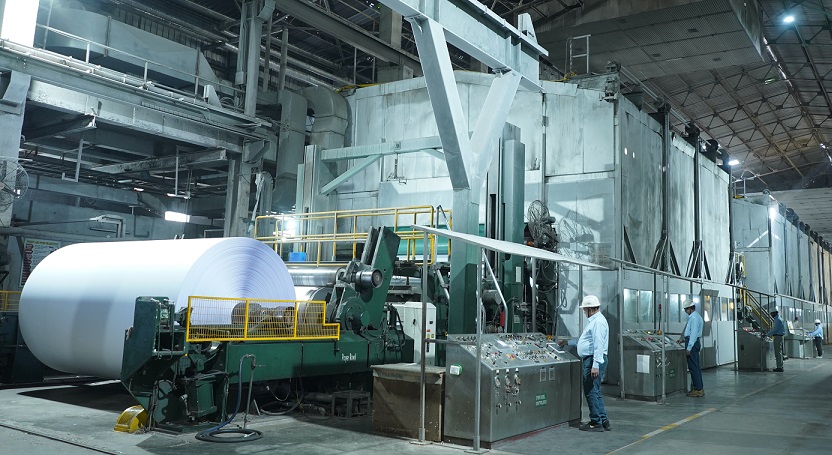
Kuantum Papers eyes full capacity by FY27 with Rs. 735 crore expansion drive; paper prices set for a turnaround, says Mr. Pavan Khaitan amid rising pulp costs
- For the financial year ending 2025, KPL’s operational income stood at Rs. 1,107 crores, representing a 9% decline compared to the previous year
- Net profit for the period stood at Rs. 115 crores, reflecting a 37% decline year-on-year, with a PAT margin at 10.4%.
- Mr. Pavan Khaitan, VC and MD of Kuantum Papers, addresses the earning conference call for Q4FY25 in May 2025
The Pulp and Paper Times:
The Indian paper industry continues to face strong headwinds, primarily due to rising raw material costs, expensive wood pricing, and the growing influx of cheaper imports from China and ASEAN countries. These factors have put significant pressure on paper mills in terms of lower realizations and subsequently lower margins in FY24–25.
Despite these challenges of global economic uncertainties and shifting market dynamics, the Indian paper industry continues to demonstrate resilience. The demand for writing and printing paper remains stable, supported by steady consumption from the education, publishing, and corporate sectors, although partially offset by digital substitution and increased imports. The specialty paper segment is witnessing growing demand, particularly in packaging and labeling grades, which is driven by steady growth in e-commerce.
Kuantum Papers Limited (KPL) has maintained its sales and production volume in Q4 FY25. And although the revenues declined due to lower realizations versus the same period in the previous year, KPL’s margins were among the best in the industry. This is a big testament to the strategic initiatives that Kuantum has taken to improve cost efficiencies, along with its ability to hold pricing steady, despite dynamic market conditions.
Kuantum’s mill expansion and upgradation project, with an outlay of Rs. 735 crores, is well underway and remains firmly on track to complete the project within the stated timeline of March 2026. The company has already issued purchase orders worth approximately Rs. 540 crores for this project, and the balance is in the final stages of techno-commercial closure.
Answering the questions of shareholders at a conference call for Q4 and FY25 results, Mr. Pavan Khaitan, VC and MD of Kuantum Papers Limited, informed that, “The moment we are going to be commissioning all these machines, so they are going to happen over a period of time. Since we are upgrading all our four paper machines one by one, that's a process which will happen over a period of time. And all of them will get commissioned by March '26. So starting April '26, which means for the Financial Year 2026–27, all the four machines will be running at full capacity. We see no problem in running them to the renewed capacity at which they will be established, and returns will come in immediately thereon.”
FY25 & Q4 Results
For the 4th Quarter under review, Kuantum's operational income stood at Rs. 277 crores, reflecting a year-on-year decline of 7% and a quarter-on-quarter growth of 3%. EBITDA came in at Rs. 60 crores, down 6% on a year-on-year basis, but up 19% on a quarter-on-quarter basis. EBITDA margins were reported at 21.6% for the quarter. Net profit was Rs. 26 crores, marking a decline of 23% on a year-on-year basis, but a robust 24% increase on a quarter-on-quarter basis. PAT margins were reported at 9.4%.
For the financial year ending 2025, KPL’s operational income stood at Rs. 1,107 crores, representing a 9% decline compared to the previous year. EBITDA was Rs. 243 crores, down 27% on a year-on-year basis, with EBITDA margins reported at 21.9%. Net profit for the period stood at Rs. 115 crores, reflecting a 37% decline year-on-year, with a PAT margin at 10.4%.
Paper Prices:
“There has been a decline in pricing for writing and printing paper. And from the start of the year towards—that means Q1 and Q4 FY25—there has been a decline of approximately Rs. 3,000 to Rs. 4,000 a ton for us; I am talking about Kuantum Papers, which reflects a reduction of about 6% to 7%,” Mr. Khaitan said.
“From Q3, we have actually been able to effect an increase, and we have increased our pricing by about 3%,” he added.
Answering a question about paper price anticipation in the next three to four months, Mr. Khaitan informed that, “We are sort of thinking and sort of espousing that pricing is going to go up. There is every likelihood of pricing going up, I think, on two accounts. One is, international wood pricing has started going up. And that is a reflection of—and will tantamount to or result in—an increase in paper pricing as well. Secondly, board paper, kraft paper, packaging paper has already effected an increase of about Rs. 3,000 per ton. So I think the turnaround has started. Signs are there that paper pricing should go up, and that's a good outlook for us.”
“Even a single-digit increase will be very helpful. About a 6% to 7% increase is there on the cards, is there in the offing, and that will help the industry to a big extent,” Mr. Khaitan said.
“Because of increased international pricing in wood pulp, that is going to support the upliftment in pricing of paper as well. And I think globally the freight rates of ocean liners and container freight rates are likely to see an upward trend because of the uncertainty in world trade at the moment. And that is sort of pushing up pricing of international freight. And both these will lead to a slight increase in paper pricing internationally,” Mr. Khaitan added.
Mr. Khaitan outlined that, compared to March '25, the wood pulp pricing would have increased by about $10 to $15-odd per ton. And paper pricing, though we were able to increase it by about 3%, industry per se was able to effect a much lower increment—maybe stable to, let's say, a 0.5% to 1% increase. So we have fared far better than the industry in terms of being able to increase the pricing of paper, and which is clearly reflected in our results as well.
Hardwood and Softwood Scenario
Globally, there are two kinds of wood pulp: one is hardwood pulp and one is softwood pulp. Hardwood is ranging at about $550 a ton, and softwood is at about $740–$750 a ton.
“We do not estimate that wood pricing should go up much further. A small percentage change here or there cannot be commented upon. But largely, because it's already at a higher level, the manufactured wood pulp cost for us is about Rs. 44,000 per ton. And the fact that we are using about 40% in our paper making, the impact is accordingly. The balance 60% we are using is agro pulp, which is at a very, very favorable cost of about Rs. 23,000 per ton,” he added.
On the anticipation of excess wood supply in July 2025 by a credit rating agency, Mr. Khaitan replied, “I think a reduction in wood pricing will be helpful towards maintaining our costs or towards reducing our costs, if anything. And that should be helpful in sort of releasing the pressure on margins which the industry has been facing in the last six to eight months.”
“But the fact is that today wood raw material itself is going on a higher price trend, and that is what is impacting the costing of wood pulp for the Indian paper industry. So, it is inching closer to the global levels of wood pulp pricing that is available to us. And I think that is something which, as an industry, is being suggested—that if higher volumes of wood are expected and that is going to impact favorably for the industry and bring down these prices, it's a good way to go forward and to look at things in the future,” he further added.
Scenario of Paper Import into India
On a question about paper imports, Mr. Khaitan said, “What we are witnessing is that imports are not resurging, which is a good issue—or a good point—for the paper industry. It is being maintained at the levels at which they were, which means the challenge from imports is not growing. And we are actually seeing a waning off of this pressure for the paper industry at large. The reason being that the government has started the price import monitoring system, and every importer has to declare the quantity, as well as the price at which they are importing these quantities, and also the destination from where they are importing.”
“It is tending towards a kind of regulation where all imports are being monitored, which is possibly leading to a reduction or maintenance of imports and not that imports are going to grow higher,” he said.
Mr. Khaitan shared an interesting figure about the cost of imports. He added, “The landed cost of imports will be in the range of Rs. 60,000 per ton. And our selling price is closer to Rs. 66,000 per ton. But this landed cost of Rs. 60,000 is at the port, and they will incur a cost of about Rs. 3,000 to Rs. 4,000 per ton to come inward/inland to the large markets where we are selling. So, the offset is lesser, and because of our quality, because of our marketing policies, because of our relationship with our customers, we see no problem in selling our product at a higher price than our competition.”
Web Title: Kuantum Papers eyes full capacity by FY27 with Rs. 735 crore expansion drive; paper prices set for a turnaround, says Mr. Pavan Khaitan amid rising pulp costs





 Join WhatsApp Group
Join WhatsApp Group Join Telegram Channel
Join Telegram Channel Join YouTube Channel
Join YouTube Channel Join Job Channel (View | Submit Jobs)
Join Job Channel (View | Submit Jobs) Join Buy Sell Channel (Free to Submit)
Join Buy Sell Channel (Free to Submit) Paper News Headlines Channel (Free to read)
Paper News Headlines Channel (Free to read)






